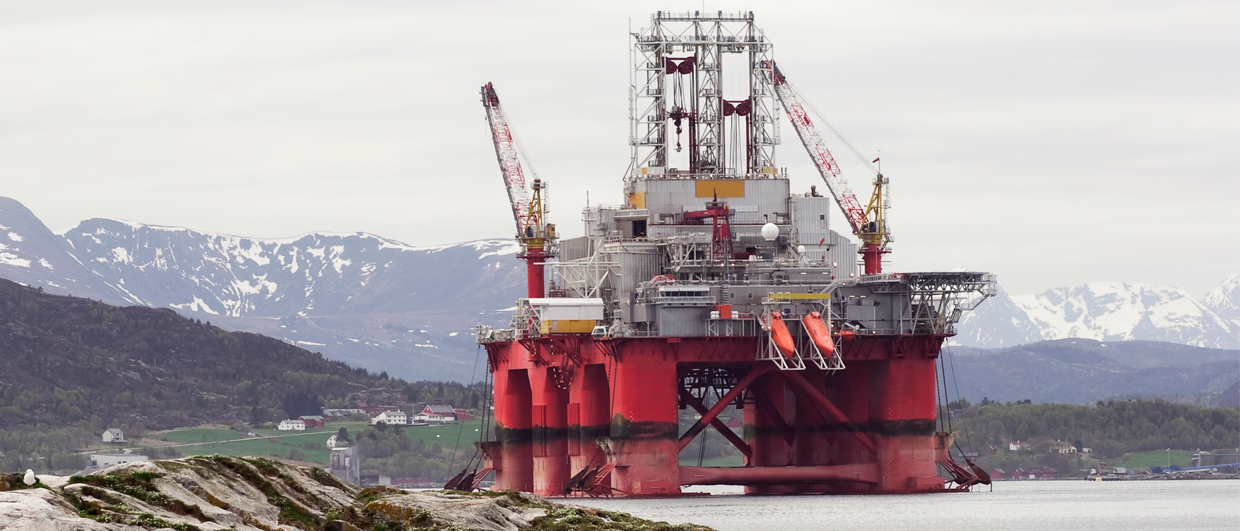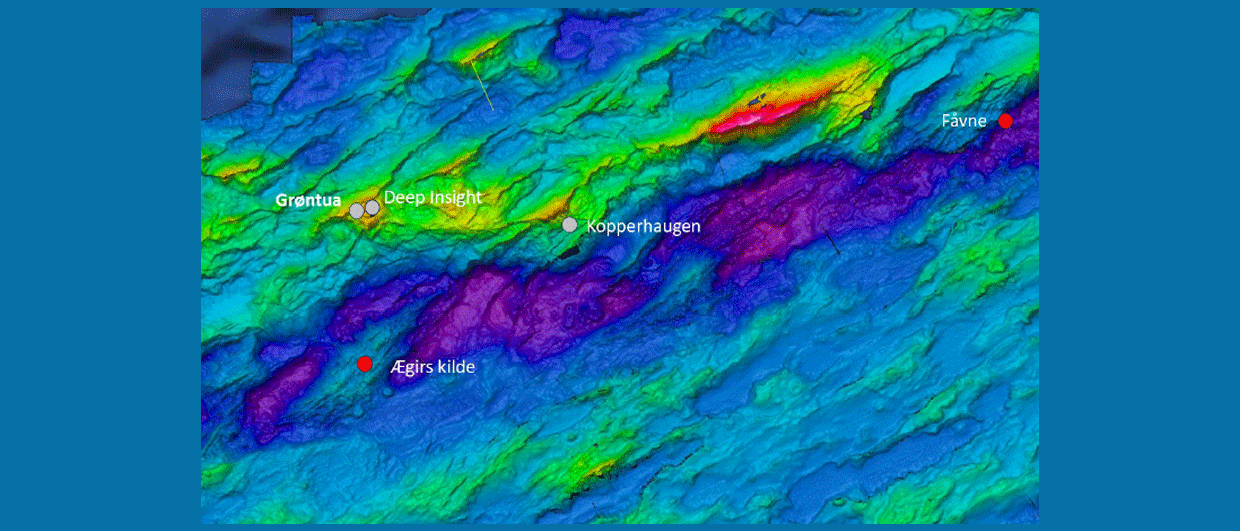“Have we run out of new ideas?”, asked Kjersti Dahle from the Norwegian Offshore Directorate (NOD) rhetorically during her keynote speech at the NCS Exploration Strategy conference in Stavanger last year.
In previous years, the focus of oil companies operating on the Norwegian continental shelf has been on near-field exploration. The strategy is logical and profitable. Small discoveries that can be quickly put into production by being connected to producing fields are often very profitable with a short payback period, while also helping to extend the life of the larger fields. In many cases, near-field discoveries also contribute to reducing emissions per barrel for the fields they are connected to.
Dahle showed that between 2018 and 2022, the share of near-field exploration wells on the NCS was 77% (121 wells). Only 23% of the wells (36) aimed to make discoveries in new areas.
The statistics agree well with several of the major companies’ corporate goals – 80 percent of the wells are to be drilled close to existing fields, 20 percent are to be drilled to de-risk new areas.
But even though near-field exploration is lucrative, it does not significantly contribute to increasing proven resources. If resource growth is low, the fall of NCS production between 2030 and 2040 will be dramatic.
High resource growth therefore requires more exploration in frontier areas. Dahle urged companies to do more exploration in the Barents Sea in particular, where the NOD believes most of the prospective resources are situated.
Anders Wittemann from Wittemann E&P Consulting confirmed that the Norwegian continental shelf is a profitable place for those engaged in exploration. For every kroner invested in exploration wells in 2023, companies have returned 3.20 kroner in the form of discovered value. After tax.
In light of the focus on near-field exploration, Wittemann wondered if success rates and profitability have actually been too high, providing no incentive to go after the big ones in frontier areas.
“Yet, there has never been a better time in history to conduct high-risk exploration”, argued Wittemann. And by that, he meant gas, because Norway has become Europe’s most important supplier of it.
“Companies have high profits, there are good prospects for sustained high gas prices in the future, we have pipeline capacity, Norwegian gas has much lower emissions than imported LNG and the NOD tells us that there are large remaining resources to be found on the Norwegian continental shelf”, he summed up. “I’ve got one piece of advice in that light”, he concluded: “Increase risk!”





